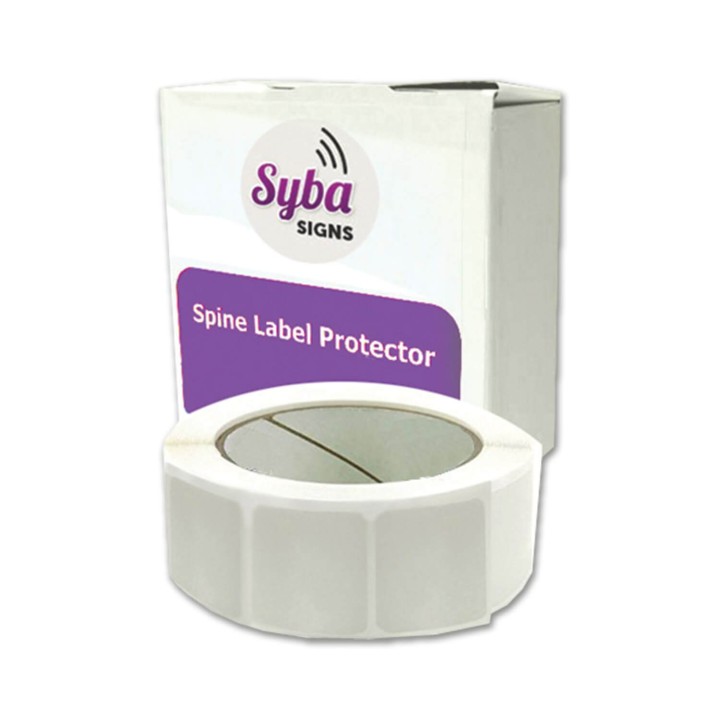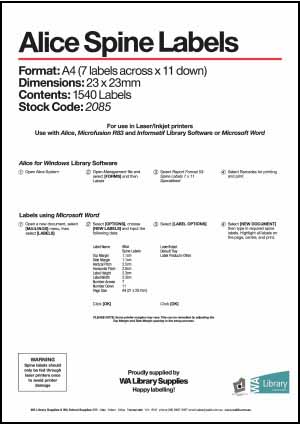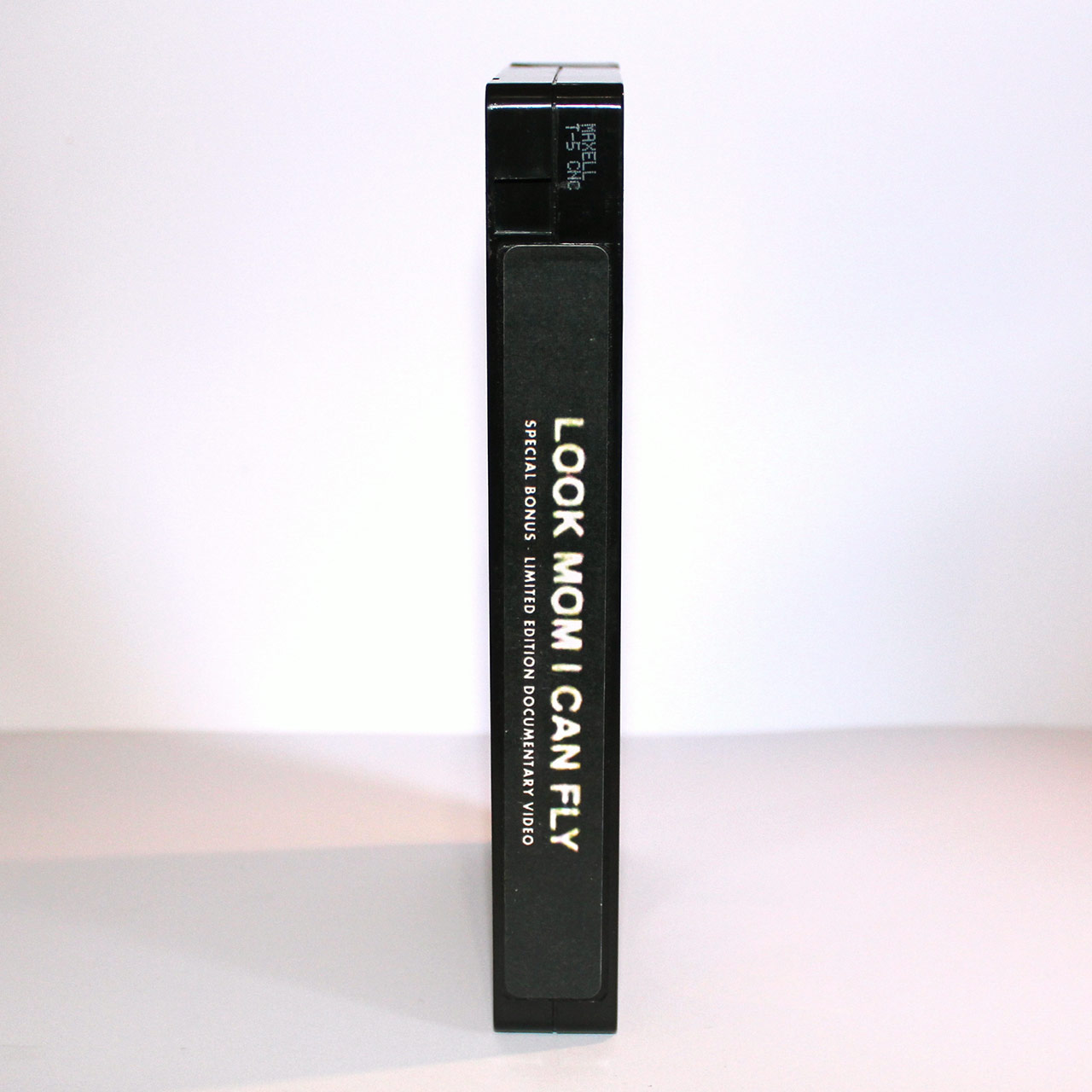

I don't have any significant improvements to suggest for this tool Amicas did it right. The other systems we use either don't have this tool at all, or have a such a poorly-designed version that using it would take 10 minutes therefore, we don't. (This is actually an unusually deep level of adjustment access for Amicas tools, by the way, and the initial set-up will probably be adequate for the vast majority of users.) If the spine study is properly named(cervical, thoracic or lumbar), the labeling tool automatically starts at the level you choose. Now this is really neat: "Preferences" lets you set up a degree of automation. This whole process literally takes 5 seconds.Ī drop-down menu gives several options with further control available from the labeling dialogue: The magic of this is that 3D information within the DICOM header is utilized to deploy labels in the axial plane: Then you point to the middle of L5 and click.and so on until the spine is labeled. You click the button on the menu bar, and then point at the middle of S1 and click. This is the way it should be, simple, intuitive, quick, and effective. Hands-down, my favorite incarnation of this tool comes from Amicas.

By the way, here is my stylized icon which I will be glad to sell to any interested PACS company for a really reasonable price: Let's start with the spine labeling tool. At least this gives me material for the forseable future! I'll try to describe the versions of the tool I use, with my (biased) evaluations and suggestions for improvement.
#Label the spine series
Drag each label into the appropriate category to designate whether the given item is part of the spinal cord or not.Ĭorrectly identify and label the structures associated with the anatomy of a ganglion.I am starting a new series of blog-installments discussing various tools within PACS viewers. Correctly identify and label the structures associated with the branches of the spinal nerve in relation to the spinal cord. Drag each label into the appropriate category to identify from which plexus the given nerve emerges.ĭrag each label into the proper position to identify the appropriate vertebrae. Motor control of the right hand mathematical reasoning speech and language comprehension verbal memory. Posterior horn arachnoid mater spinal nerve anteri.Įxpert answer 80 5 ratings previous question next.

Answer to drag the labels of spinal nerves and regions of the spinal cord to the appropriate location in the figure. Show transcribed image text.ĭrag each label into the appropriate category to identify from which plexus the given nerve emerges. 17 thoracic spinal nerves cervical enlargement cervical spinal 027 nerves points subarachnoid space cauda equina ebook dural sheath print medullary cone references sacral spinal nerves terminal filum lumbar spinal nerves lumbar enlargement dncaonal fves reset zoom. Tf the intervertebral foramina are openings where the spinal nerves the spinal cord. Answer to correctly label the following anatomical features of the spinal cord.

Place the following terms in order moving from superficial to deep. Correctly identify and label the structures associated with the branches of the spinal nerve in relation to the spinal cord.ĭrag each label to the appropriate region of the spinal cord. Drag each label into the appropriate category to designate whether the given item describes elements of gray or white matter of the spinal cord contains myelinated axons located to the periphery of the spinal cord transmits electrical signals rapidly over long distances. Correctly identify and label the structures associated with the anatomy of a ganglion. Drag each label to the appropriate position to indicate whether the given function is controlled by the right or left cerebral hemisphere.ĭiaphragmatic Dysfunction Sciencedirect Drag each label to the appropriate region of the spinal cord nerve roots eventually forming the sciatic nerve distal swelling due to neuronal synapses nerve roots for the upper extremity end of the spinal cord proximal cord swelling due to neuronal synapses nerve roots for intercostals thoracic integument horses tail distal extension of the pia.ĭrag each label to the appropriate region of the spinal cord. Drag each label into the appropriate category to designate whether the given item is part of the spinal cord or not.


 0 kommentar(er)
0 kommentar(er)
